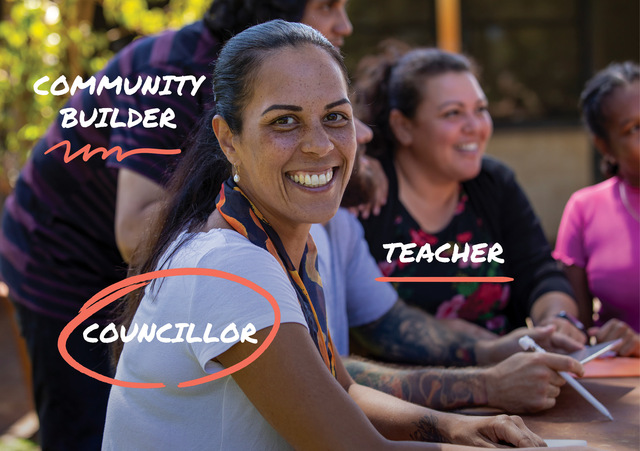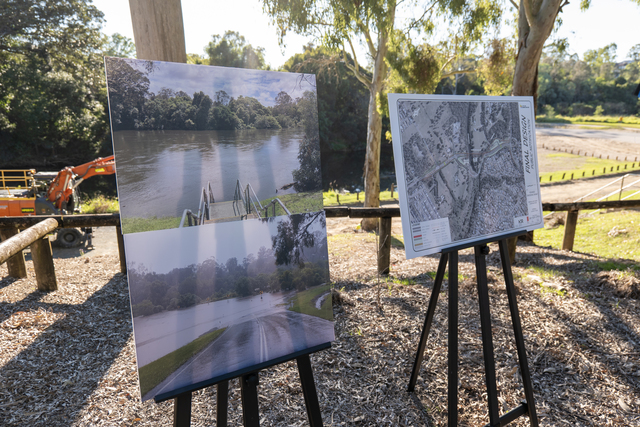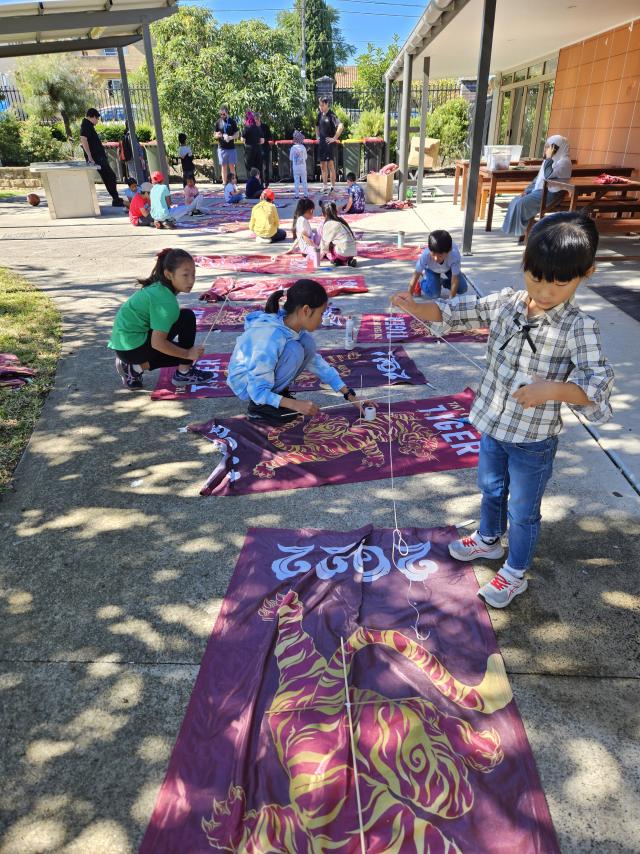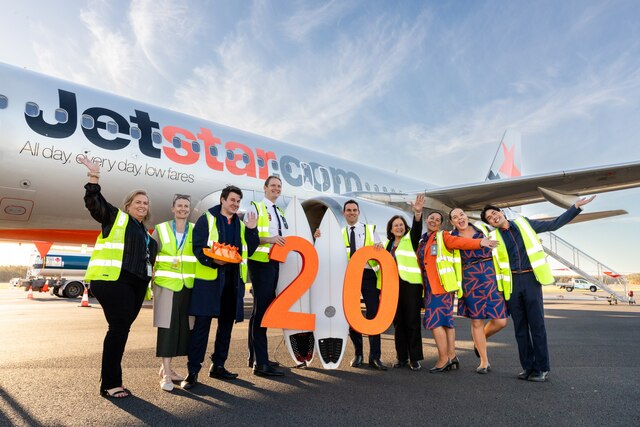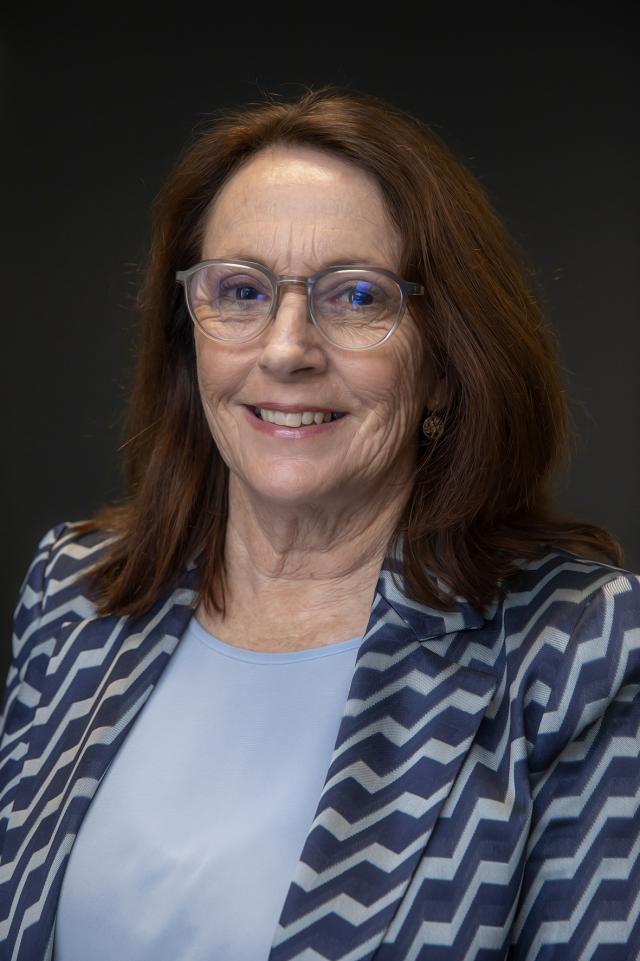By John Clark*
Many Councils across Australia invest significant sums of money on community consultation. Self completion questionnaires and telephone surveys are preferred ahead of focus group discussions and public meetings while, to date, panels and online research have had limited appeal. All methodologies have their strengths and weaknesses. OWL Research advises its council clients on which methodology is most suitable to survey different target groups.
Self-completion questionnaires
Many councils use these questionnaires because they are seen as an inexpensive way of gathering information. However questionnaires that have not been pre coded are difficult to analyse, as some have discovered when confronted with 800 or 900 returns. For example, an Excel spreadsheet allows totaling of results for each question such as Question One: 70% satisfied; 30% dissatisfied, and Question Ten: 60% of replies from Ward A and 40% from Ward B. However, without pre coding, these two questions remain unconnected, so you cannot determine how many “satisfied” replies came from Ward A.
Hornsby Shire Council’s Waste Management division recently mailed out 10,000 pre coded self completion questionnaires and received back 3,500 which OWL analysed by Ward, dwelling type, family composition, plus a range of lifestyle demographics.
Telephone surveys
These are currently the most popular form of community consultation because random selection interviewing can be conducted across the whole council area. Satisfaction with council’s services can be analysed by gender, age, Ward, years living in the area, and so forth. The same survey conducted annually can provide both current results and trend analysis. However, the impact of uncontrolled telemarketing is pushing up the cost of telephone research as refusal rates skyrocket and more people use answering machines to filter unwanted calls. A ‘strike rate’ of one interview in every 5 calls a few years ago is now one in 17 and has become a major factor in the cost of telephone surveys.
OWL has conducted 40 annual community satisfaction telephone surveys for councils including Baulkham Hills Shire Council, Bathurst Regional Council and Hornsby Shire Council, with samples ranging from 500 to 1,250 respondents.
Public Meetings
These were popular five years ago because they gave the impression of open consultation. However, attendance numbers were always unpredictable and on occasion, one group with a specific interest would try to dominate the session. Public Meetings “by invitation” have become an alternative. While these meetings are better managed and have their place, some believe only those sympathetic to council’s interests are invited to attend.
Focus groups
These are the most sophisticated form of consultation, where attitudes to topics are discussed in depth. Groups, which comprise eight to ten people and run for around two hours, encourage peer interaction and reveal how people “feel” about issues. Focus groups can also be shown products such as promotional literature and encouraged to discuss appeal and readability.
Both Hornsby Shire Council and Newcastle City Council use focus groups. This year, OWL has moderated discussions on waste management, recycling, solar power, energy-saving, library services, beach assets and senior citizens’ needs. An issue councils need to consider if planning focus groups is respondent payments. Some say no payment should be made, while others offer a small donation to charity. However, as more people attend commercial focus groups, where $60 to $80 is the standard reimbursement, persuading residents to attend a two hour group without some recompense is difficult. One solution is to make the research company responsible for any reimbursements, while another is to develop Resident Panels.
Resident Panels
Resident Panels and Online Panels are the latest survey tool. Respondents are invited to provide a phone number, or email address in order to participate in research surveys. In response to telemarketing’s impact on telephone response rates, consumer panels are rapidly taking over in commercial research and Councils need to be aware of this trend.
In 2004, both Albury City Council and Hornsby Shire Council created household panels and since then, OWL has conducted research amongst panel members on a range of topics. Because panel members have volunteered to participate, refusal rates are low, and respondents rarely expect to be recompensed so survey costs are lower.
In the next issue of Local Government FOCUS, I will discuss panels in more detail, including how to set them up and the depth they can bring to community consultation and planning.
* John Clark, Director of OWL Research, has been working with councils on research and consultation projects for 12 years. If you would like to receive a brochure about these and other research methodologies, contact OWL Research on (02) 9489 8888 or email john@owlresearch.com.au


